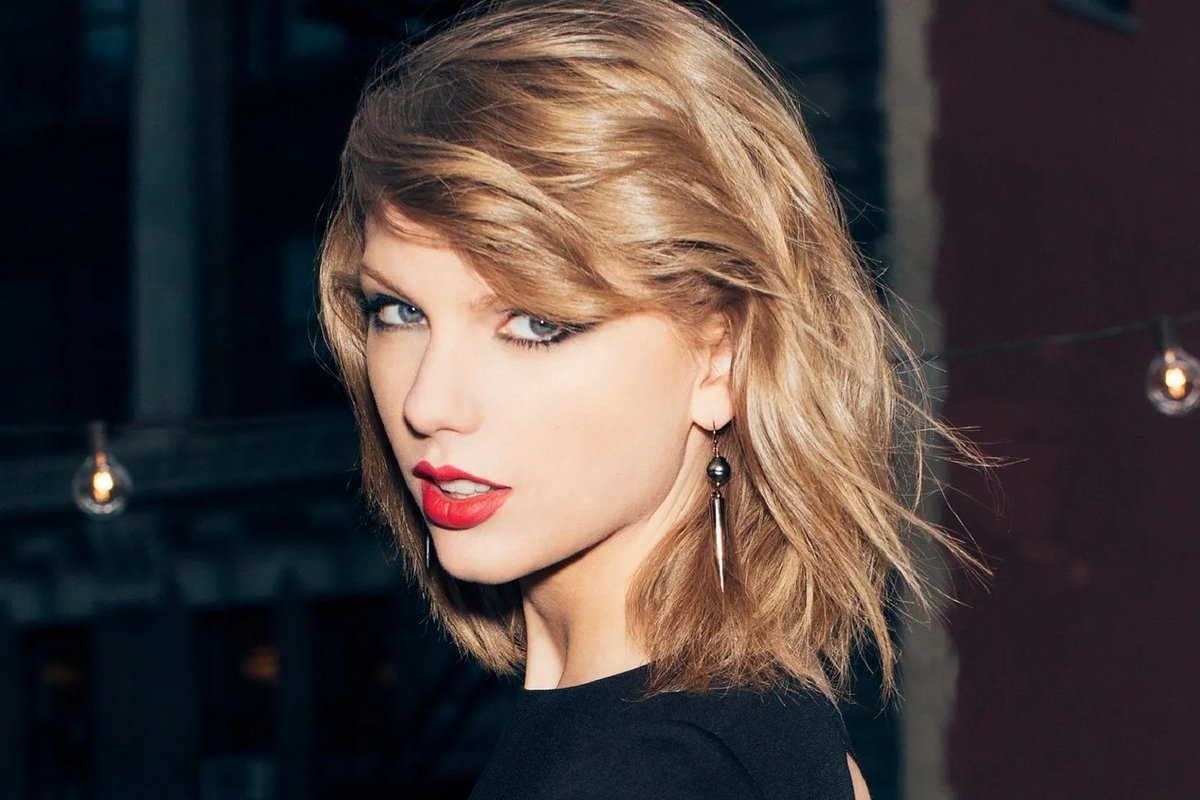The "unbundling" of Microsoft Office and Google Workspace has been one of the most important tech trends of the past decade.
Elegant, best-in-class products have won with product-led, bottom-up go-to-market motions.
Thread below 👇
Elegant, best-in-class products have won with product-led, bottom-up go-to-market motions.
Thread below 👇

1/ In 1990, Microsoft reinvented work productivity tools with its Office suite.
In the 30 years since, Office has grown to 1.2 billion workers. Once-groundbreaking products like Microsoft Word, Microsoft Excel, and Microsoft PowerPoint have become synonymous with knowledge work.
In the 30 years since, Office has grown to 1.2 billion workers. Once-groundbreaking products like Microsoft Word, Microsoft Excel, and Microsoft PowerPoint have become synonymous with knowledge work.

2/ In 2006, Google launched G Suite (now called Google Workspace).
Google Docs, Sheets, etc. reinvented work again by introducing real-time cloud collaboration.
How Google squandered its lead in productivity / collaboration tools I will never understand 🤦♂️
Google Docs, Sheets, etc. reinvented work again by introducing real-time cloud collaboration.
How Google squandered its lead in productivity / collaboration tools I will never understand 🤦♂️

3/ Over the past decade, beautiful and consumer-like products like @NotionHQ, @figmadesign, and @Pitch have won over workers. They've eschewed traditional top-down enterprise sales (initially) in favor of product-led, bottom-up growth. 

4/ Microsoft Office and Google Workspace were always horizontal tools for all knowledge workers.
Now we're seeing tools purpose-built for different functions.
• Designers get @figmadesign.
• Product managers get @productboard.
• And now data scientists get @DeepnoteHQ.
Now we're seeing tools purpose-built for different functions.
• Designers get @figmadesign.
• Product managers get @productboard.
• And now data scientists get @DeepnoteHQ.

5/ Deepnote is one of the most compelling new entrants to this future of work.
"Data scientist" is one of the fastest-growing job titles in the world, and Deepnote enables real-time cloud collaboration.
This week, Deepnote launched Deepnote for Teams.
"Data scientist" is one of the fastest-growing job titles in the world, and Deepnote enables real-time cloud collaboration.
This week, Deepnote launched Deepnote for Teams.
https://twitter.com/DeepnoteHQ/status/1404704171622912001
6/ The future of work is real-time, collaborative, design-first, and bottom-up.
The 1.2 billion workers using Microsoft Office will choose the best and most consumer-friendly tools in the market, with each job function getting its own purpose-built tool.
The 1.2 billion workers using Microsoft Office will choose the best and most consumer-friendly tools in the market, with each job function getting its own purpose-built tool.
• • •
Missing some Tweet in this thread? You can try to
force a refresh


















